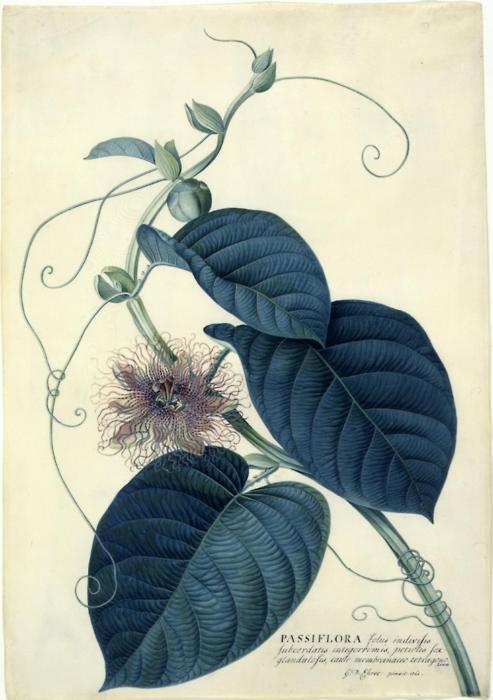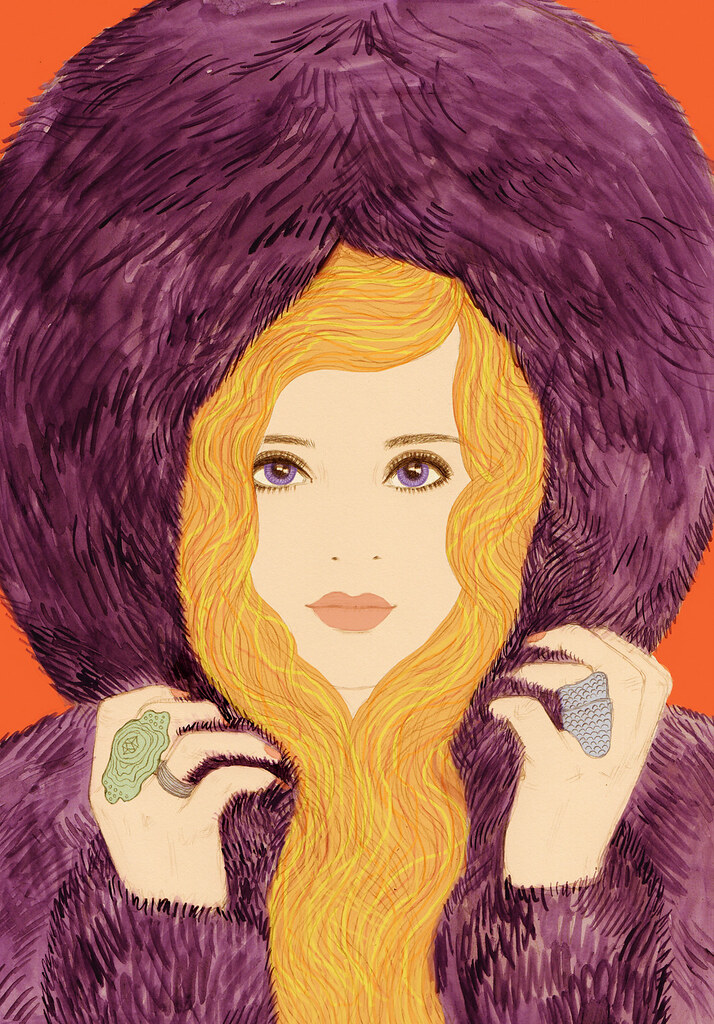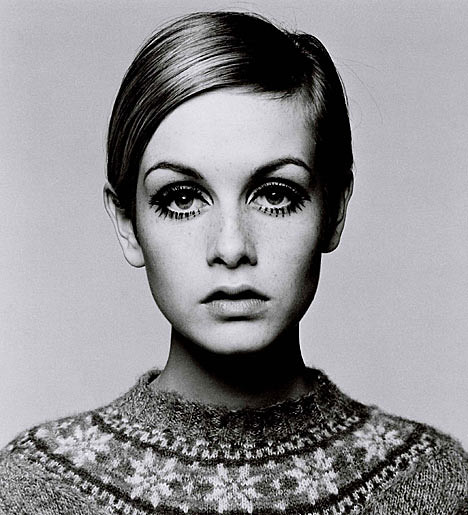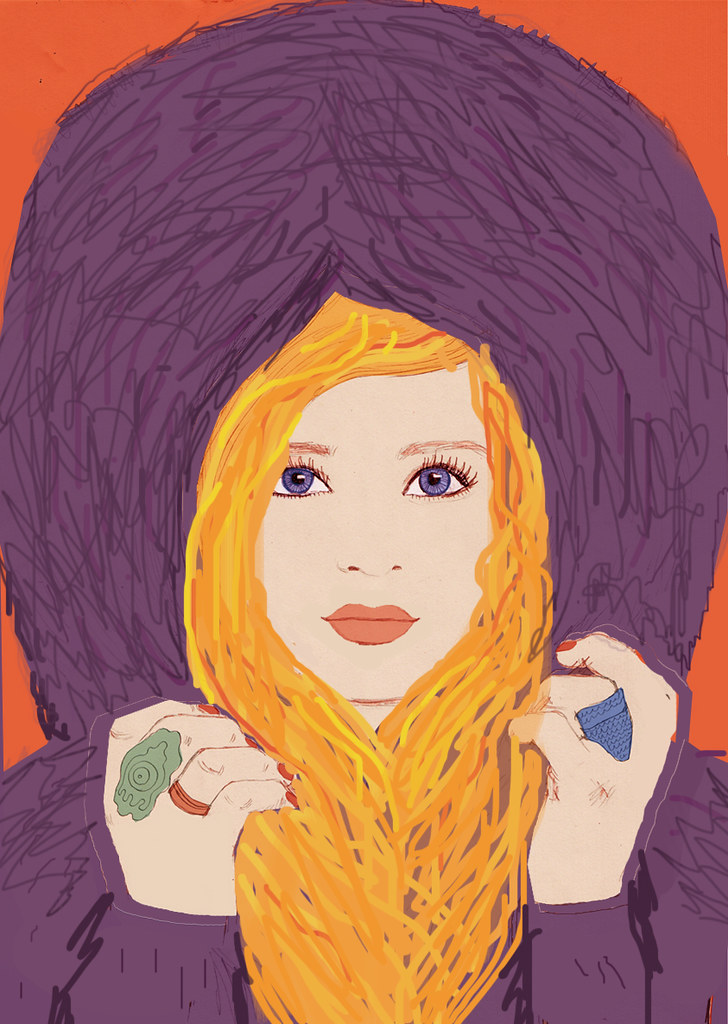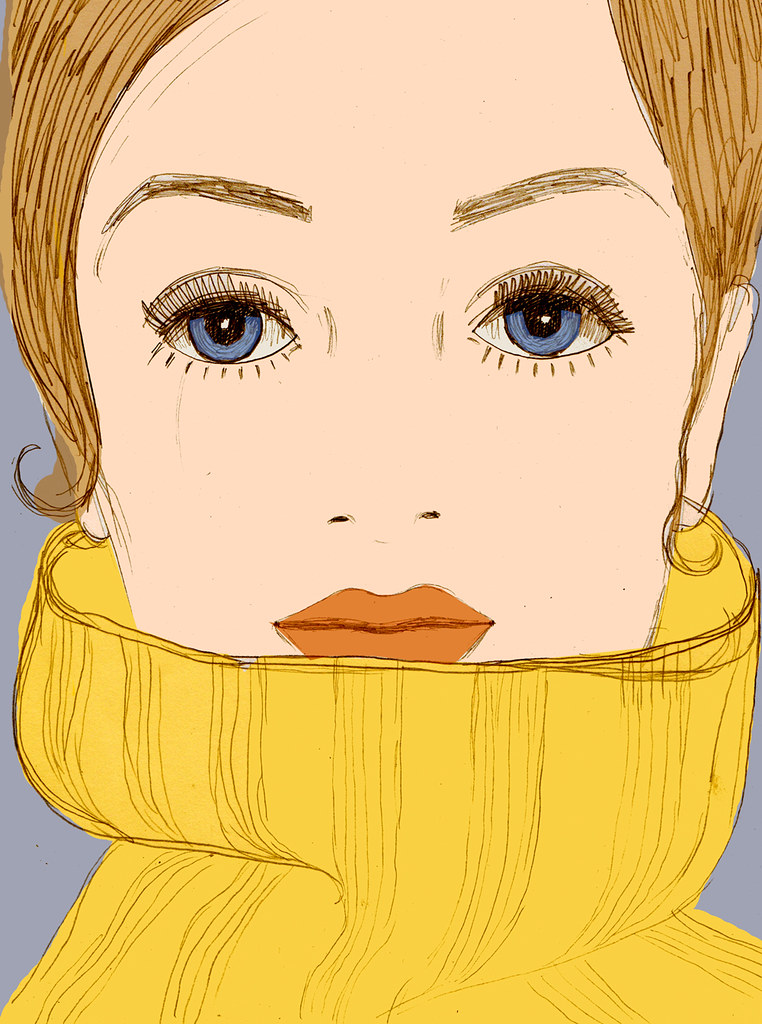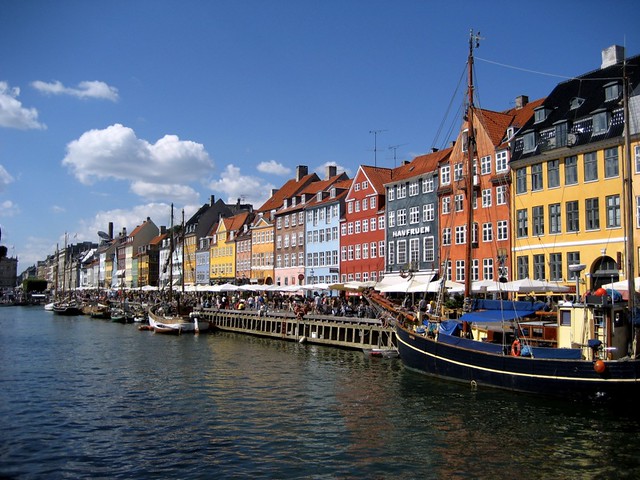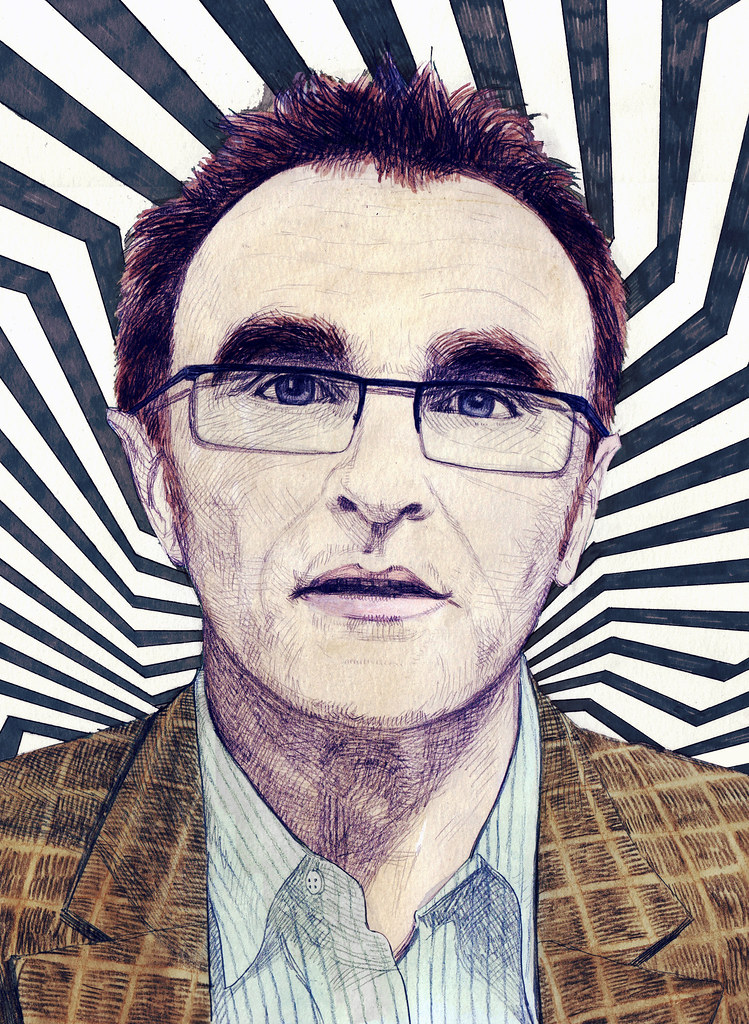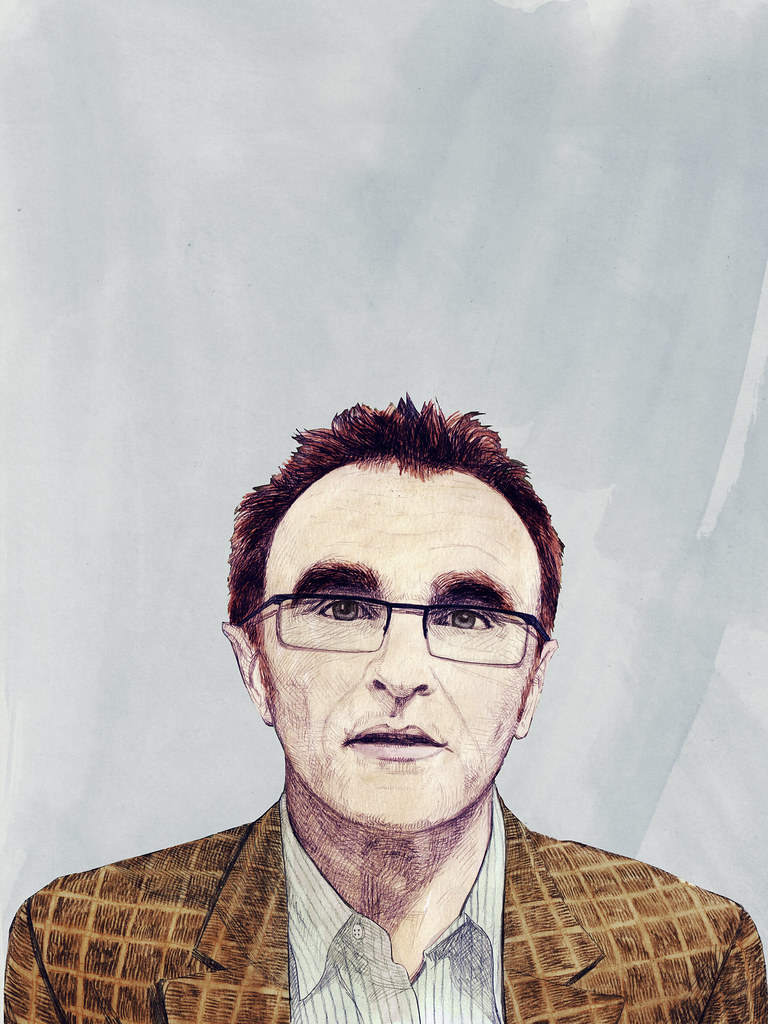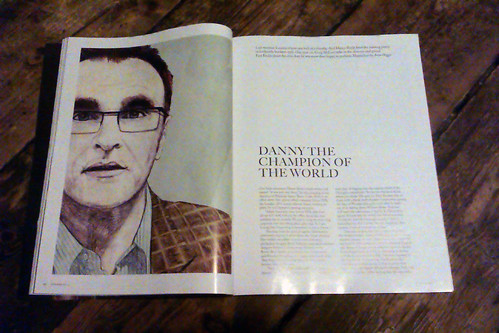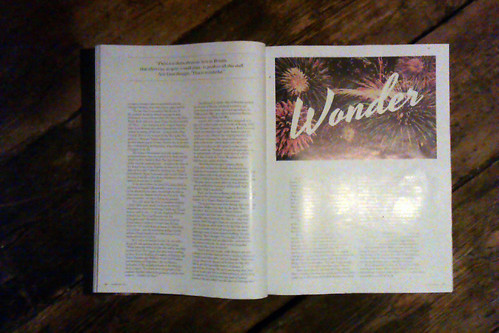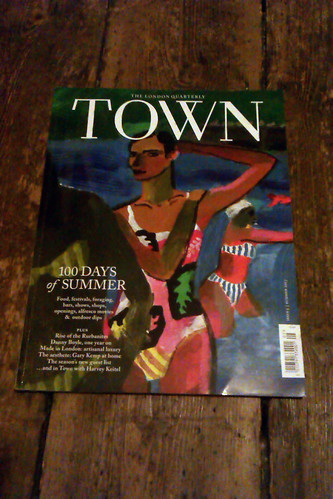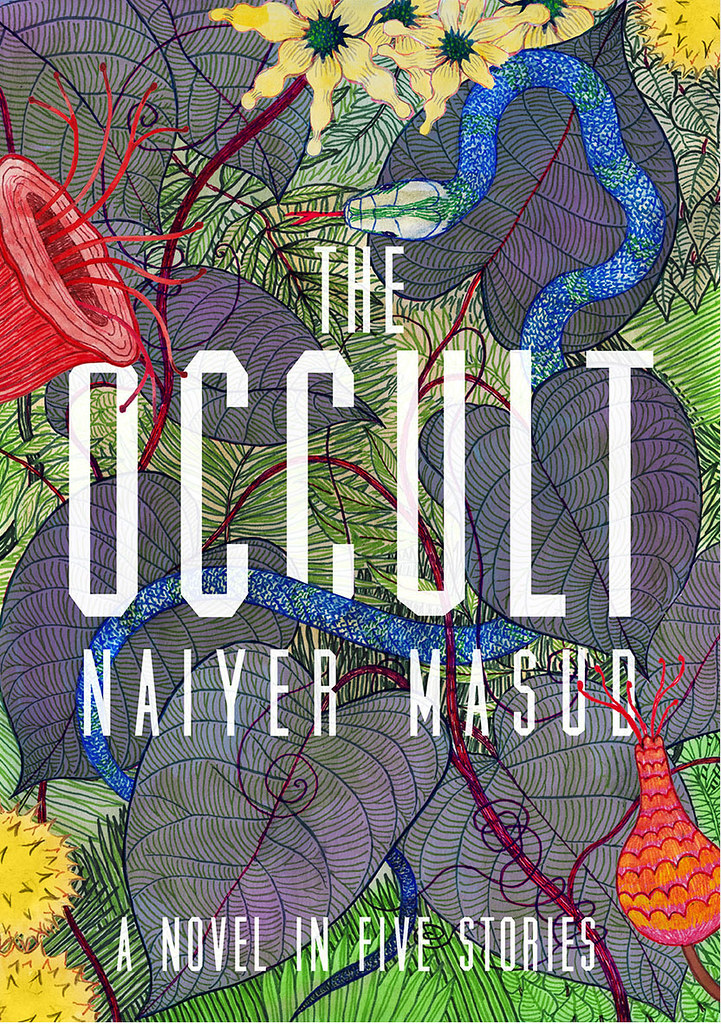
A few weeks ago I completed the illustration for the cover of 'The Occult - A Novel in Five Stories', published by Penguin Classics India.
From the publisher:
"Five long stories form the first collection published by the greatest living Urdu short story writer Naiyer Masud. These beautiful and bizarre stories have no perceptible beginnings, plots or endings. The narrator is a young man who has left behind his home and family for mysterious reasons (he may or may not be responsible for a girl’s death) and wanders from place to place forming strange connections.
The stories follow the logic of dreams and are set in dreamscapes. The architecture (of the stories and the geographies in which they are set) is both fluid and precise, as in a dream. Together the stories are ‘inter-textured, rich in suggestion and allusions that unfurl subtly but necessarily underneath the seeming disconnectedness of the stories, giving them an overpowering sense of an undefined existential unity.’"
Here is what Wikipedia has to say about Naiyer Masud:
"Naiyer Masud is one of the foremost short story writers in Urdu. He was born in Lucknow in 1936 and has spent nearly all his life there, working until his retirement as a Professor of Persian in Lucknow University. He is the author of many scholarly books and translations (notably of Kafka), but is best known for his short stories, collected in the volumes Ganjifa, Simiya, Itr-e-kaafoor, and Taoos Chaman Ki Myna. For the last, he was awarded the 2001 Urdu prize of the Sahitya Akademi and the Saraswati Samman in 2007. He also received the honor of being the subject of the 1997 entire issue of the Annual of Urdu Studies. A large selection of his stories have been translated into English by M.U. Memon in the volumes The Snake Catcher and Essence of Camphor. Masud is the son of Syed Hasan Masud Rizvi Adeeb, also a Lucknow University Professor of Persian and a famed scholar of dastaan, and the brother of the noted satirist Azhar Masud."
Scroll down to see sketches, inspiration, and some extracts from the book...

2nd draft:
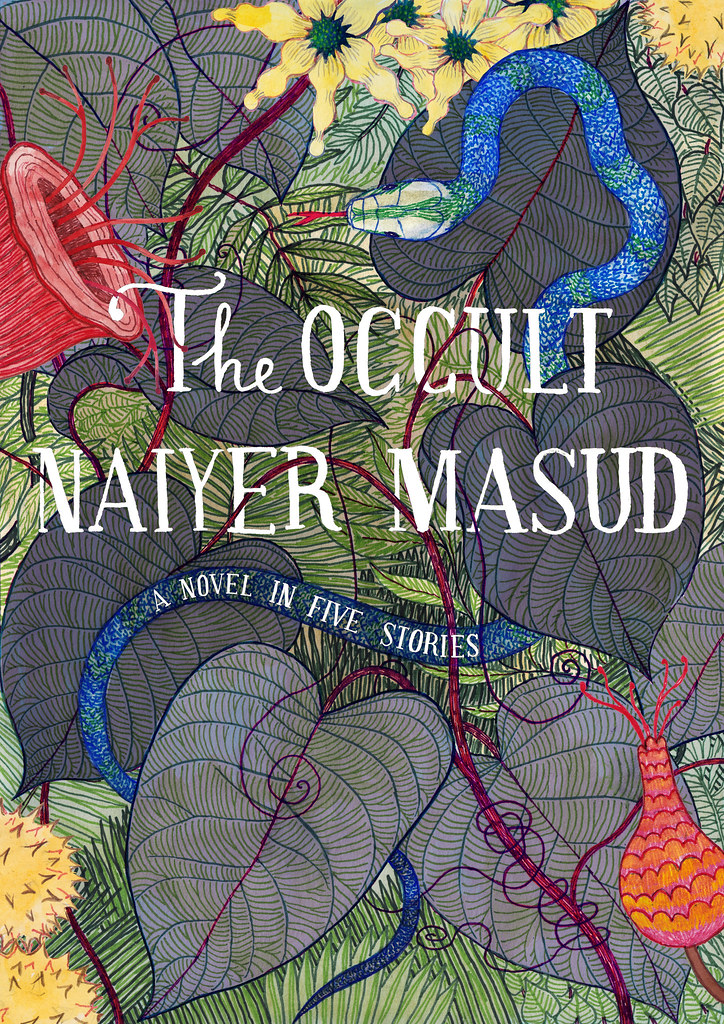
I was in a part of the jungle where green vines were spread out over the tree trunks and the ground. These vines had large, dark green leaves with light green protruding veins and they were so succulent that when they were bent they snapped in the middle, releasing jets of water. And, in fact, the atmosphere there was suffused with exceedingly fine sprays of water. In short, that area of the jungle was completely different from the places where the presence of snakes might be suspected. But it was precisely here that the thought of snakes occurred to me and I began to imagine their presence near every moving leaf, so much so that it became difficult for me to press ahead. I stood there surrounded by a sea of green vines. The movement of their leaves resembled the rise and fall of waves, and the objects below them, which seemed to be crawling toward me, made it difficult even to stand.
1st draft:
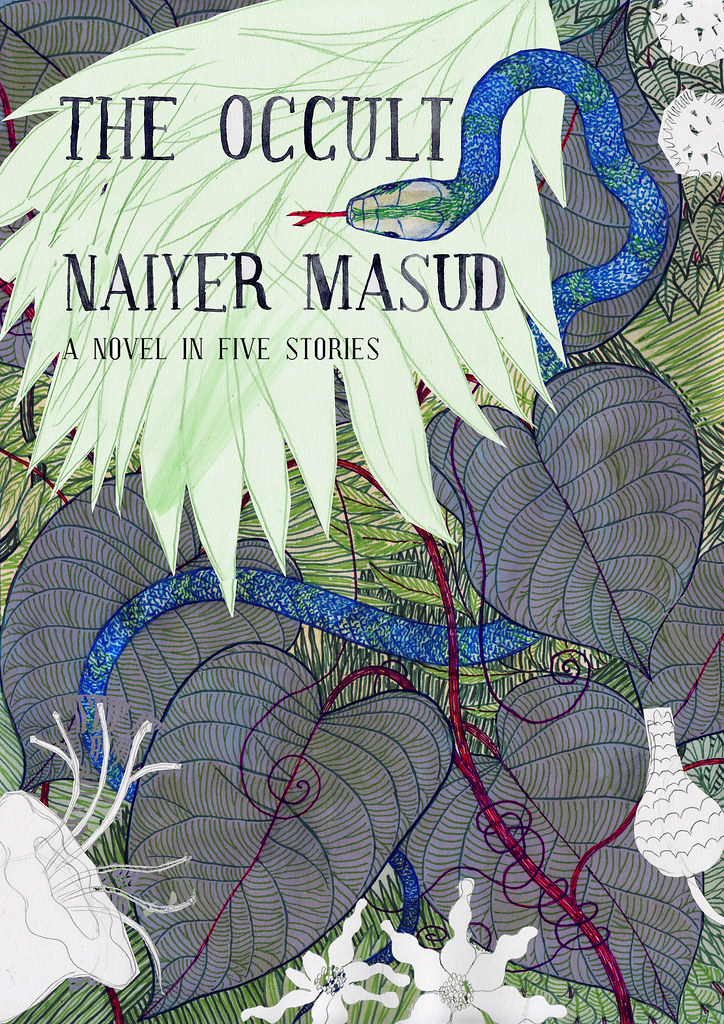
I scanned the area for a clearing but there were green vines around me and it was impossible to tell where the terrain rose and fell beneath their large succulent leaves. That the terrain was uneven was beyond a doubt. I remembered how several times, as I trudged forward, I had been plunged up to my waist in leaves and, wading through these leaves with my hands, I had to climb up a slope. That is to say, the sensation of wading through the leaves was still fresh on my hands. At that moment I stood rooted to the ground, finding it difficult even to budge. Suddenly something stirred close to my feet and, without determining its direction, I moved. I stepped on something which was alive and which became even more alive. I felt a sort of prick on my foot. There was a movement in the leaves and a hood rose from beneath them. For a brief second I saw tiny eyes staring at me and then I heard what sounded like someone sighing nearby. Meanwhile, the hood dived under the leaves. The leaves swayed and I saw a long, slithering body retreat. The leaves churned violently and continued being churned up for some ways into the distance.
Work in progress in my studio:
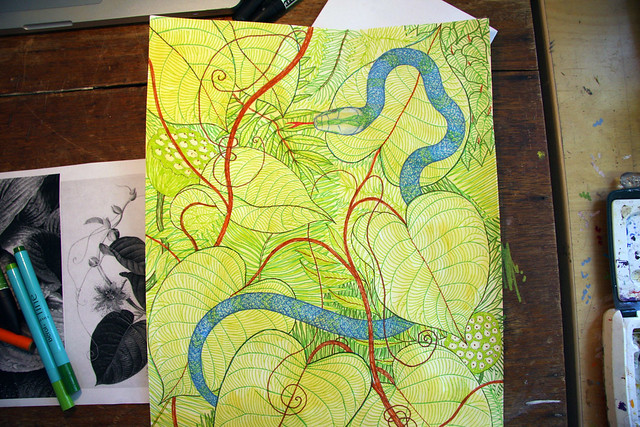
Sketches:
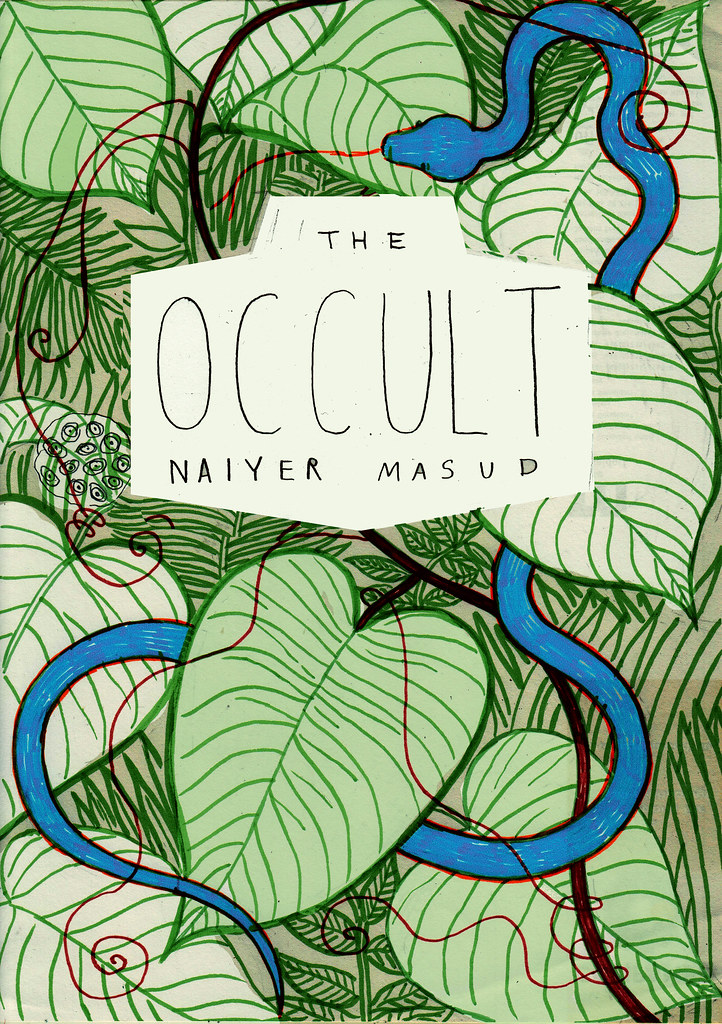
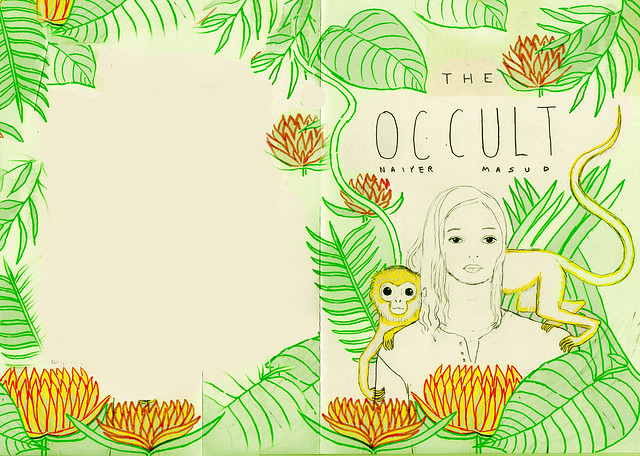

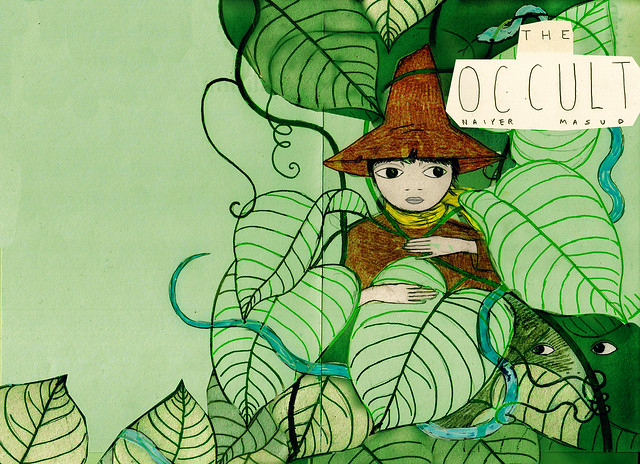
For some distance I looked around at the jungle with interest. Then I was reminded of the curios neatly arranged in the outer reception room of my house. I couldn’t remember exactly what those curios were so I tried hard to recall each and every one of them. One was a lion made of some kind of metal. It stood on its hind legs with its mouth wide open as though it were roaring. Its eyes were crafted from some precious stone and they had disappeared several generations before me. Yet the lion’s only importance lay in its missing eyes. Close by the lion, but larger than it, was a horse molded from some reddish-brown material with a rider of the same material mounted on it. One of the rider’s hands was poised in the manner of someone wielding a sword, but the hand was empty. The sword of that empty hand was sorely missed, but an elder of the family used to say that the rider had, in fact, held a scale, not a sword, in that hand. In my own time, mostly due to my own carelessness, the upper half of the rider’s body had also broken off and a clever artisan had been commissioned to put it back together. I remember that when the upper half came off, it revealed that the inside material was of a rather dark red color and it gave off a strange scent which conjured up memories of old things when it was inhaled. On the wall across from the lion and the rider hung a crab fashioned from numerous tiny chips of animal horn. The pieces had been put together in such a way that the slightest touch made the entire crab wobble and appear as if it were crawling along the wall. I hated this crab; sometimes I even feared it. It was a specimen of a craft practiced by some lost tribe whose name I could never remember. The curios in the reception room also included a miniature palace built from tiny stone bricks of different colors. It was a complete palace with arches, columns, turrets, etc. The turrets, especially, were exceedingly beautiful and guests often marveled at the delicate workmanship of their ornamental serratures. It used to be said about this palace that at some point in time there really was a full-scale likeness of it, the ruins of which could still be seen, and that the miniature had been made to serve as a model for the actual palace.
Inspiration:
